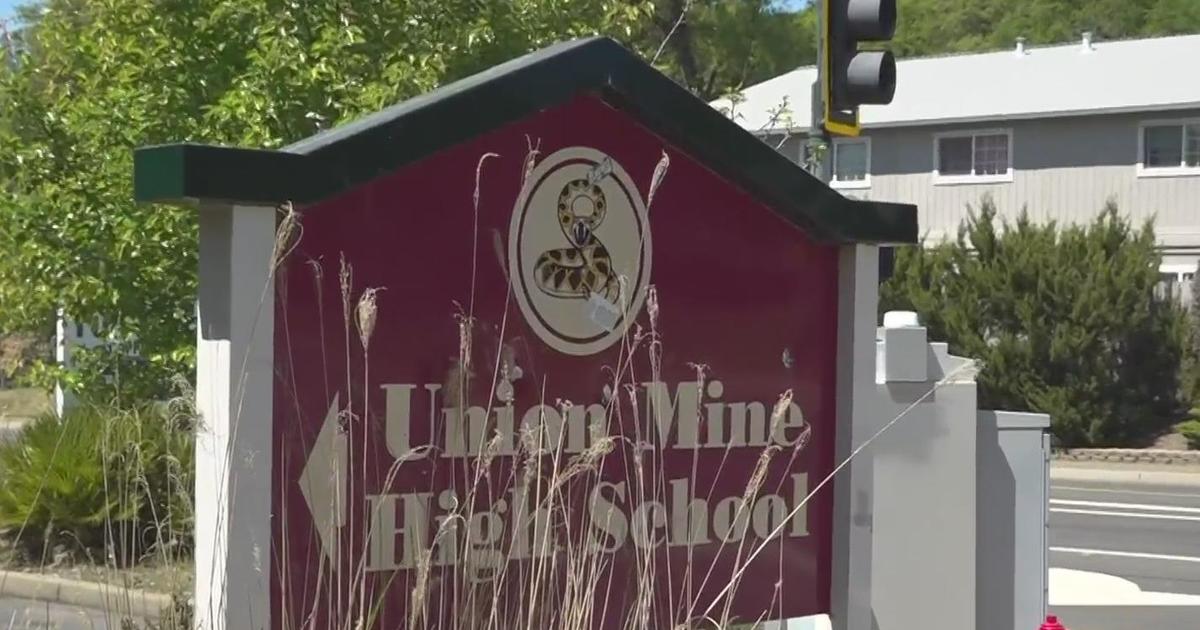Calif. Poised To Implement School Funding Reform
SAN FRANCISCO (AP) — After months of sometimes angry debate, California education officials are set to take up rules this week aimed at making good on Gov. Jerry Brown's promise to invest in the state's future by overhauling how public schools are funded and directing more money to the neediest students.
The State Board of Education plans to vote Thursday on emergency regulations that spell out how school districts may use the $18 billion in new funds expected to flow to them in coming years based on the number of students who are low-income, learning to speak English or living in foster care.
The proposal represents a compromise between California's local districts, which wanted maximum flexibility in spending the money, and civil rights advocates who worried the infusion would never reach the children it was supposed to help without sufficient restrictions.
Unlike draft regulations the appointed state board first considered in November, the rules would require districts to devote the extra money they receive for their high-needs student populations to improving and expanding services and programs specifically for those students.
They establish a standard method for districts to determine what they are spending on such students now and how much they should be spending each year as the new funding formula is implemented over about seven years.
The revision, supported by both school administrators and advocacy groups, is particularly meaningful since the 2014-15 budget Brown proposed last week stepped up the pace of reform by earmarking $4.5 billion for the program, double the amount from this year.
"What we are feeling right now is cautiously optimistic," said Education Trust-West Executive Director Arun Ramanathan, whose organization advocates for low-income and minority children and led the charge against the November proposal. "We said that what needed to be done was districts needed to spend more money and provide more services for high-needs students."
The state school board also will be voting on a template for the detailed three-year plans that local school officials have to submit by July 1 explaining how their spending decisions would reduce school suspensions, expulsions and absences, increase parent involvement, and boost student achievement in areas such as standardized testing and college readiness. The plans, subject to state approval, must be prepared with community input and include annual goals.
Mary Lou Fulton, a senior program manager with The California Endowment, said the initial framework goes a long way toward fulfilling the governor's objective of redistributing the billions of dollars the state annually earmarks for education in a way that addresses income inequality and the resulting student achievement gap.
Calling it "one of the most important civil rights initiatives we have had in California in a generation," Fulton said, "This new funding formula is like our Obamacare. It's that big, it's that important. The changes...will affect every single school district in the state of California."
The weighted funding formula Brown proposed last year, the first California school finance overhaul in four decades, steers additional money to school districts with the most students who qualify for free or reduced price lunch based on household income, have limited English proficiency as measured by state tests or are foster children.
The Legislature adopted its principles as part of a budget agreement in June that set statewide per-pupil funding at $6,947 to $8,505, depending on grade level, then pledged an additional 20 percent of that amount for every student in those categories, according to the Legislative Analyst's Office.
The revised formula also calls for districts where disadvantaged students make up 55 percent or more of total enrollment to receive "concentration grants" equal to another 50 percent for every student above that threshold. Nearly two-thirds of the state's 1,023 school districts would be eligible for those extra funds, said Samantha Tran, senior director of education policy for Children Now, an Oakland-based nonprofit that helped champion the funding reforms.
"This is a game-changer," Tran said. "We are saying we want local communities to be more invested and to drive the services and outcomes we have for kids, and at the same we want to make clear that if you are living in poverty, if you are learning English as a second language, we have to make a higher investment in you."
For schools with large numbers of poor and immigrant students, the reallocation could be monumental.
In the Los Angeles Unified School District, where 86 percent of the students fall into one of the three categories, the new grants brought in an additional $1.1 billion this year. By the time the new formula is fully funded in about seven years, the district will need to spend about $1.5 billion, or one-fourth of its budget, on programs serving those students, according to Carrie Hahnel, director of research and policy analysis at The Education Trust-West.
Clovis Unified School District Associate Superintendent Steve Ward, who last year helped organize a coalition of 54 districts that felt the revised formula did not go far enough in restoring funds cut during the recession, said that given the scope of what the state is attempting, the procedures would undoubtedly be refined in the future.
"To us, there are a lot of wins in what the state board came up with," Ward said.
Copyright 2014 The Associated Press. All rights reserved. This material may not be published, broadcast, rewritten or redistributed.
Related Stories:



